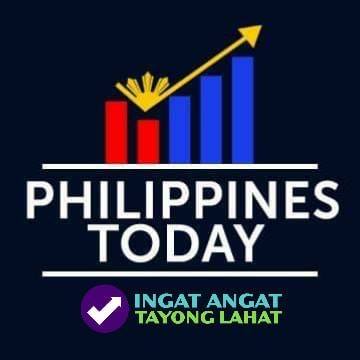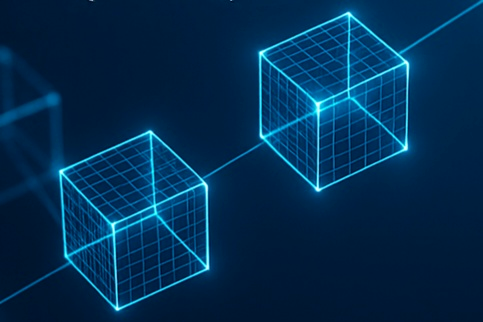Philippines wants to lead in blockchain—but few Filipinos understand it
In a country where 96% of people say they know what cryptocurrency is, only 28% understand Web3. That tension—between headline-grabbing adoption and limited understanding—sits at the heart of the Philippine Blockchain Industry Report 2025, a first-of-its-kind benchmarking study of the nation’s blockchain ecosystem.
Launched by the Blockchain Council of the Philippines, law firm Gorriceta Africa Cauton & Saavedra, the Gobi-Core Philippine Fund, and stablecoin issuer Tether, the report arrives at a critical juncture. After years of riding the crypto boom, the Philippines is attempting to reposition itself as a regional hub not just for trading tokens, but for building the infrastructure of the next internet.
The distinction is crucial: cryptocurrency refers to digital assets—like Bitcoin or Ethereum—used primarily for value transfer or investment. Web3, by contrast, is the broader technological paradigm that underpins decentralized applications (dApps), smart contracts, digital identity systems, and more. It is a vision of the internet owned and operated by its users, not centralized platforms. In the Philippines, that distinction is still poorly understood.
“This report is both a diagnostic and a roadmap,” said Mark Gorriceta, managing partner at Gorriceta Africa Cauton & Saavedra. “It offers legal, technological, and economic perspectives to help build a secure, innovative, and future-ready digital ecosystem in the Philippines.”
While the Philippines ranks eighth globally in crypto adoption—according to the 2024 Global Crypto Adoption Index—usage has been heavily skewed toward speculative trading and play-to-earn (P2E) gaming. Flagship startups like Yield Guild Games (YGG), which raised $4.6 million from venture firm Andreessen Horowitz, exemplified this early wave. But the report finds a growing shift toward more practical use cases: remittances, decentralized finance (DeFi), digital identity, logistics, and public-sector innovation.
The problem? Most Filipinos still conflate blockchain with cryptocurrencies. Only 13% report regular use of blockchain applications, despite 76% holding positive views of the technology. A striking 53% have never used a single blockchain-based service.
Donald Lim, president of DITO CME Holdings Corporation and founding president of the Blockchain Council of the Philippines, called the report a “milestone in our collective journey to build a digitally empowered Philippines.” But empowerment requires comprehension. Without a clear grasp of how blockchain underpins Web3—beyond token speculation—digital participation risks becoming shallow and short-lived.
The country’s blockchain journey began in 2014, when pioneers like Satoshi Citadel Industries (SCI) launched amid Bitcoin’s early volatility. SCI’s initial focus on payments was quickly derailed as Bitcoin crashed from $1,200 to $150, forcing a pivot to remittance services. That pragmatic turn—from hype to utility—mirrors the broader national trajectory now documented in the report.
The study outlines five strategic imperatives: expanding regulatory frameworks beyond crypto, launching innovation sandboxes, fostering education-industry partnerships, upskilling Filipinos in blockchain literacy, and accelerating government adoption of blockchain for digital services.
Asia’s dominance in blockchain—home to 60% of the world’s crypto users—offers momentum. The Philippines benefits from proximity to regional leaders like Singapore, South Korea, and Vietnam. But benchmarking alone won’t suffice. While the country boasts a fast-growing base of first-time users (40% have used blockchain for less than a year), there is a long road ahead in building depth, not just breadth.
The report points to key areas for unlocking innovation: better coordination between public and private sectors, more nuanced regulation tailored for Web3 (not just crypto), and establishing common language and standards across the industry. Filipino users already prioritize security, transparency, and cost-effectiveness. Encouragingly, 74% say they trust the security of blockchain. But trust must be paired with understanding.
Future trends flagged in the report include using blockchain to secure data from Internet-of-Things (IoT) devices, enabling interoperability across networks, developing central bank digital currencies (CBDCs), and improving privacy on public blockchains in tandem with artificial intelligence.
The Philippines has the demographic advantage, remittance use case, and startup momentum to take a leadership role in Web3. But as the report makes clear, moving beyond crypto speculation to building the next digital infrastructure will require more than optimism. It will require clarity, coordination, and a crash course in what blockchain really is—and isn’t.



0 Comment